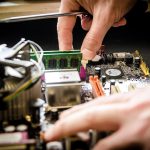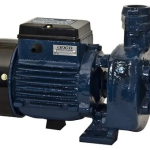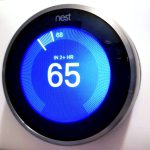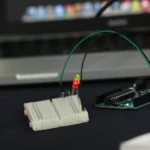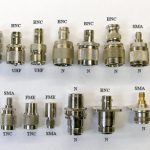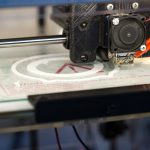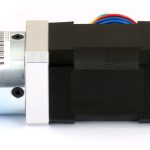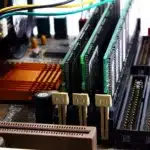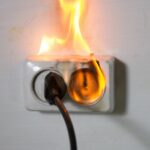
Introduction
Optimising battery life for IoT–Internet of Things devices is crucial, as these are vital components in multiple smart devices, especially in remote places where frequent battery replacements are not feasible. Efficient battery draining can lead to negative impacts in terms of productivity loss and equipment damage in various systems. This article explores some crucial tips to help you achieve better battery life for IoT devices.
The Significance of Optimised Battery Life for IoT Devices
Optimised battery life in IoT devices is significant, offering competitive advantages to device manufacturers and users. Batteries with long life ensure product efficiency and longevity by reducing frequent replacement. Long battery life improves device reliability and user experience and contributes to sustainability efforts. Moreover, optimising battery life becomes even more crucial in remote or hard-to-reach locations where IoT devices are deployed, directly impacting operational efficiency and reliability.
Understanding Key Reasons of Efficient Battery Draining in IoT Devices
The battery life of IoT devices often falls short of user expectations for several reasons. Before diving into basic tips to optimise battery life, it is essential to consider the fundamental reasons that kill your battery fast. Some of the basic reasons include:
- Integration of power-hungry components in IoT devices
- Long-run connectivity
- Consistent Data Transmission
- Exposure to High Temperatures
- Software Inefficiency
- Lack of Power-Saving and Energy Harvesting Strategies
- Battery Aging
- Inappropriate Battery Type and Capacity.
Secret Tips to Optimise Battery Life in IoT Devices
In case you encounter battery draining efficiently, follow these crucial steps to ensure long battery life for your IoT devices:
- Select Suitable Battery Capacity and Type – Choose a battery type with an appropriate capacity for your device’s power requirements. Consider using newer battery technologies that offer better energy density and longer operation life.
- Implement Sleep/Wake Scheduling – Design a smart sleep/wake schedule that best fits your device’s usage patterns to ensure optimised power consumption. Enable sleep modes during the device’s idle periods.
- Use Low-Power Components or ICs – Choose energy-efficient components or ICs, such as microcontrollers, sensors, and communication modules with low power consumption and can operate in low-power modes. Use devices integrated with low-power chips designed to optimise battery life by regulating voltage and efficiently managing power.
- Use Low-Power Communication Protocols – Select power-efficient communication protocols like MQTT-SN, CoAP, or Bluetooth Low Energy. Avoid using power-hungry protocols like traditional Wi-Fi or cellular, killing battery life.
- Implement Temperature Control Mechanisms – Extreme temperatures can impact battery performance, resulting in poor performance. Implement temperature monitoring and control mechanisms to ensure the device operates in optimal conditions.
- Avoid Consistent Data Transmissions – Instead of sending data frequently, batch the data and send it in larger chunks. This reduces the active time of the communication module, thus saving power.
- Optimise Display and Sensor Usage – Large displays and sensors can consume significant power. Consider minimising the display usage or implementing power-saving display technology. Use them judiciously and consider adjusting their sampling rate or triggering mechanisms to reduce power consumption.
- Use Energy Harvesting Techniques – Explore energy harvesting techniques to recharge the device’s battery using ambient energy sources like solar, kinetic, or thermal energy.
- Firmware Updates – Regularly update the IoT device’s firmware to fix bugs and optimise power usage. The latest firmware versions contain and add power-saving improvements.
- User Behaviour Analysis: If the device is user-operated, analyse user behaviour to identify patterns and optimise power consumption based on typical usage scenarios.
Final Thoughts
Improving the battery life for IoT devices is of paramount importance, reshaping the IoT future. These interconnected devices rely heavily on efficient power management to deliver seamless and uninterrupted functionality in multiple environments. Several factors kill your battery performance, leading to poor performance that does not meet users’ expectations. Prolonged battery life ensures reduced maintenance costs and the need for frequent recharging. By implementing the mentioned battery optimisation tips, one can significantly extend the operational life of IoT devices and enhance their overall performance.






